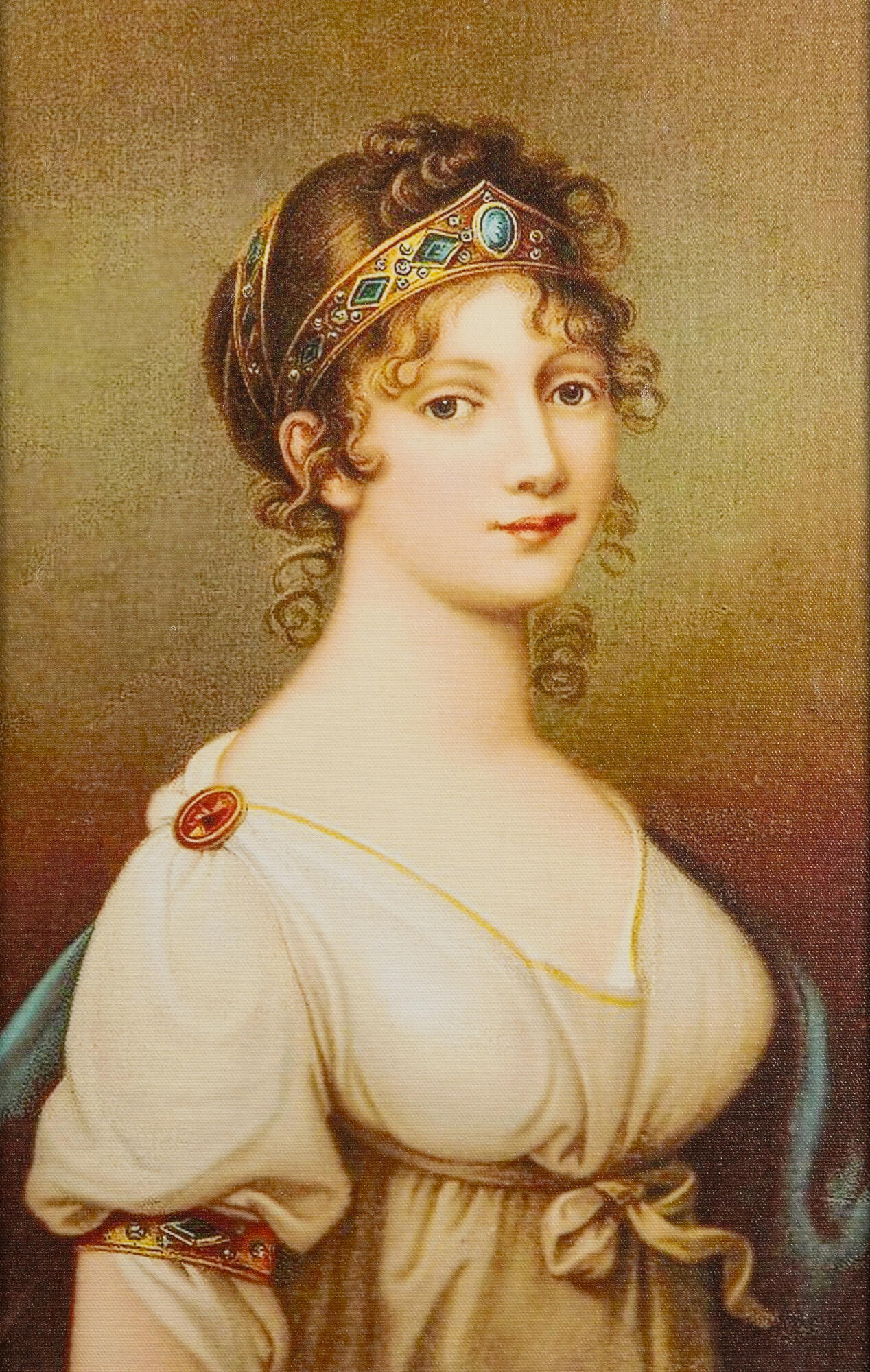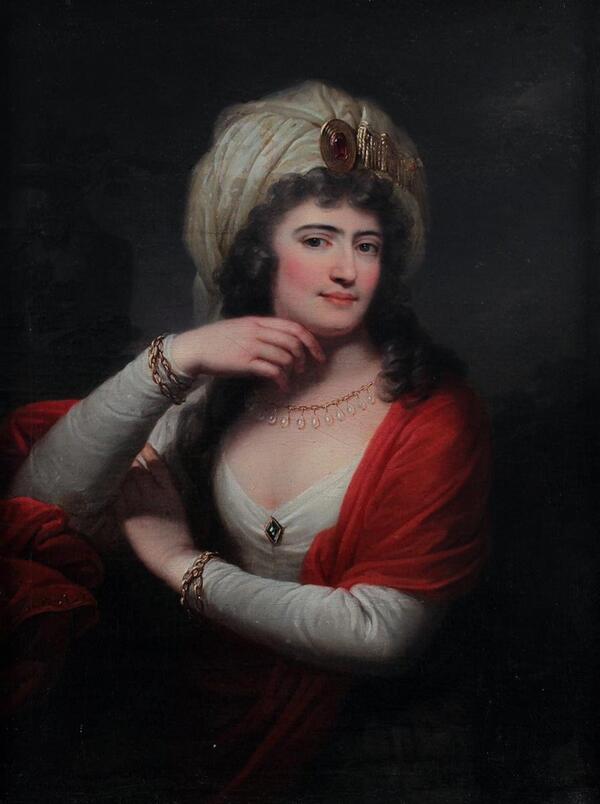Louise of Prussia was highly revered by her subjects. Her life, deeds, and early passing were shrouded in myths. Since her marriage to Crown Prince Friedrich William in 1793, she was an active supporter of the Prussian monarchy and could be considered one of the most frequently portrayed women in Europe. To the public, Louise was the perfect embodiment of grace, beauty, and virtue at the time. Numerous artists and sculptors competed for sittings of the Crown Princess: everyone “desires and appeals” to make a portrait of her, Louise complained to her husband.
The painting “Louise, Queen of Prussia”, painted by the Austrian artist Josef Mathias Grassi, is the most famous portrait of the Prussian queen.
The portrait was painted by Grassi in the year of the queen’s first meeting with the Russian Emperor Alexander I. Louise found him to be not only a handsome man, as most of the Romanovs were, but also a noble knight and protector. This belief was reinforced by a sentimental vow of eternal friendship at the tomb of Frederick the Great in Potsdam Castle. However, military events did bring about certain adjustments: after the defeat at Austerlitz, the Russian army had to regain its strength. Alexander agreed to sign a peace treaty. For all the charm and beauty of Louise, the tsar was primarily concerned not with his own feelings, but with the well-being of Russia. Louise heard a cold remark: “Take charge of the negotiations and save your country.” And although the queen wrote letters and traveled to the army in the field, as if “an Amazon in the uniform of a dragoon regiment”, she put too much trust in Russia’s help and power. “Alexander ruined her”, Napoleon noted. In those days, when the fate of peace was being decided at Tilsit, she was especially beautiful — emaciated, romantically pale, agitated, like a Christian martyr… Her human qualities took precedence over resentment and ambition: 1,200 wounded from Russia were treated in the hospital under the Queen’s patronage, the officers shared memories of her personal involvement and kind treatment.
After her death, an aura of
adoration surrounded the name of Queen Louise. In 1896, an edition of “Queen
Louise. 50 drawings for old and young”, which included a portrait by Grassi,
was published. All her children were also very beautiful: seven of the ten
reached adulthood, and her daughter Charlotte, whom Alexander Pushkin compared to
a winged lily, was particularly exquisite and graceful. She was destined to
convert to Orthodoxy and become Tsarina Alexandra Feodorovna, the wife of
Nicholas I.



